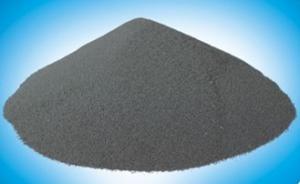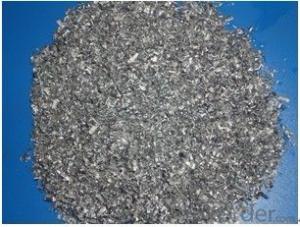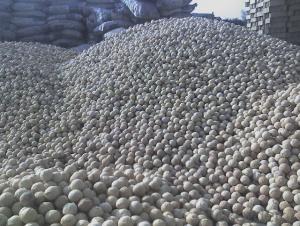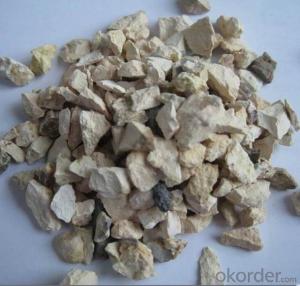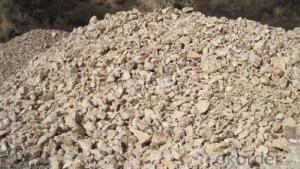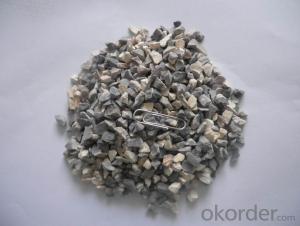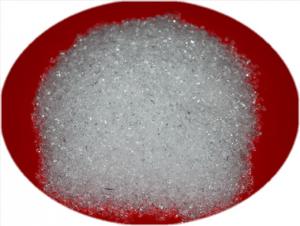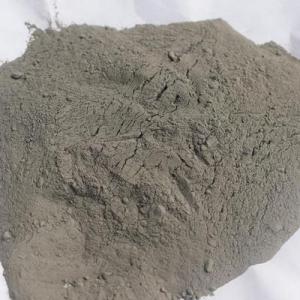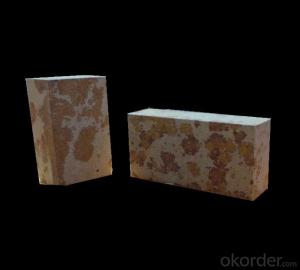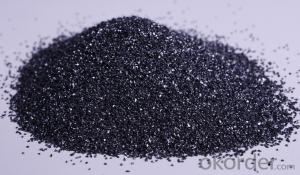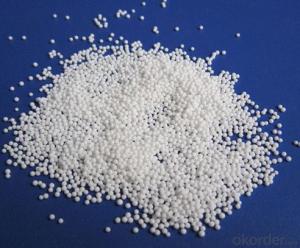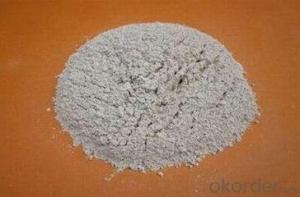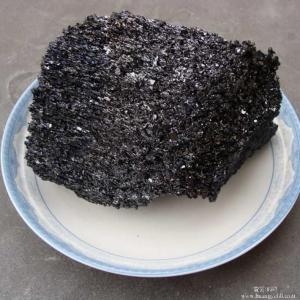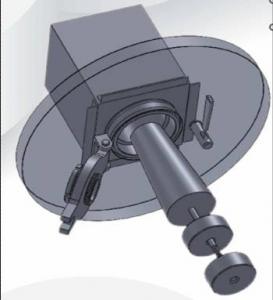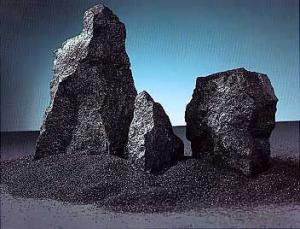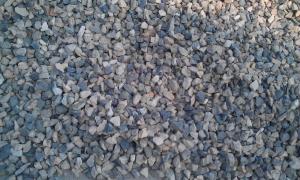All Categories
- - Steel Wire Rod
- - Steel Coils
- - Steel Profiles
- - Steel Pipes
- - Stainless Steel
- - Tinplate
- - Special Steel
- - Steel Sheets
- - Steel Rebars
- - Steel Strips
- - Hot Rolled Steel
- - Cold Rolled Steel
- - Pre-painted Steel
- - Seamless Steel Pipe
- - Welded Steel Pipe
- - Hollow Steel Tubes
- - Galvanized Pipe
- - Stainless Steel Coil
- - Stainless Steel Sheet
- - Stainless Steel Plate
- - Stainless Steel Strips
- - Electrolytic Tinplate Coil
- - Electrolytic Tinplate Sheet
- - Stainless Steel Rebars
- - Solar Panels
- - Solar Water Heater
- - Solar Related Products
- - Solar Inverter
- - Solar Cells
- - Solar Light
- - Solar Energy Systems
- - Solar Controllers
- - Solar Mounting System
- - Solar Pump
- - Solar Chargers
- - Fiberglass Chopped Strand
- - Fiberglass Mesh Cloth
- - Composite Pipes
- - FRP Pultrusion Profiles
- - Fiberglass Mat Tissue
- - Fiberglass Fabrics
- - Fiberglass Mesh
- - Composite Tank
- - Fiberglass Mesh tape
- - Polymer
- - FRP Roofing Panel
- - Fiberglass Roving
- - Monolithic Refractories
- - Ceramic Fiber Products
- - Refractory Bricks
- - Raw Materials For Refractory
- - Suspended Platform
- - Cranes
- - Concrete Machinery
- - Earthmoving Machinery
- - Building Hoist
- - Road Building Machinery
- - Plastic Pipe Fittings
- - Plastic Tubes
- - Plastic Sheets
- - Agricultural Plastic Products
- - Plastic Nets
Q & A
How are refractories used in the construction of blast furnaces?
Refractories are used in the construction of blast furnaces to line the inner walls of the furnace and protect them from the extreme heat and chemical reactions that occur during the iron-making process. The refractory lining is made of heat-resistant materials, such as firebricks or castables, that can withstand temperatures as high as 2000°C (3632°F). These refractories provide insulation and prevent the molten iron and slag from eroding the furnace walls. They also help maintain the desired temperature inside the furnace and improve the efficiency of the smelting process.
How is corundum obtained and processed for refractory use?
Corundum, a naturally occurring mineral, is primarily obtained through mining. The mineral is extracted from the earth in the form of bauxite ore. This ore is then processed through various techniques such as crushing, grinding, and purification to separate the corundum from impurities.
Once the corundum is obtained, it can be further processed for refractory use. The mineral is typically crushed into smaller particles and then subjected to high-temperature sintering or fusion processes. Sintering involves heating the corundum to a specific temperature below its melting point, causing the particles to bond together and form a solid mass. Fusion, on the other hand, involves melting the corundum at extremely high temperatures and then cooling it rapidly to solidify it.
After processing, corundum can be shaped into various refractory products such as bricks, crucibles, kiln linings, and furnace linings. These refractory products exhibit excellent heat resistance, high melting points, and good thermal conductivity, making them ideal for applications in industries like metallurgy, ceramics, and glass manufacturing.
What are the refractory raw materials used in lining catalytic crackers?
The refractory raw materials commonly used in lining catalytic crackers include alumina, silica, magnesia, and zirconia. These materials possess high heat resistance and chemical stability, allowing them to withstand the harsh conditions inside the catalytic crackers, such as high temperatures and corrosive environments.
How do carbon-based materials enhance the thermal conductivity of refractories?
Carbon-based materials enhance the thermal conductivity of refractories by providing pathways for heat transfer through their high thermal conductivity properties. These materials, such as graphite or carbon fibers, have a high thermal conductivity due to the strong bonding between carbon atoms, allowing them to efficiently conduct heat. When incorporated into refractories, they form a network of interconnected pathways that facilitate the transfer of heat, thereby enhancing the overall thermal conductivity of the refractory material.
Wholesale Raw Materials For Refractory from supplier in Mauritius
We are a Raw Materials For Refractory supplier serving the Mauritius, mainly engaged in the sale, quotation, and technical support services of various Raw Materials For Refractory products in the Mauritius region. We are a subsidiary platform of the Fortune Global 500 company CNBM, able to provide you with one-stop Raw Materials For Refractory procurement services in the Mauritius. Not only do we have a wide range of Raw Materials For Refractory products, but after years of market development in the Mauritius, we can also provide valuable experience for your projects.
Hot Search
- Monolithic Refractories in Nepal
- Ceramic Fiber Products in Eritrea
- Refractory Bricks in Bangladesh
- Raw Materials For Refractory in Jordan
- Ceramic Fiber Products in Dominica
- Refractory Bricks in Slovenia
- Monolithic Refractories in Guinea
- Refractory Bricks in Chad
- Monolithic Refractories in Mali
- Refractory Bricks in Qatar

